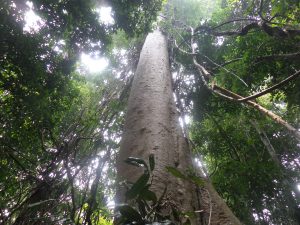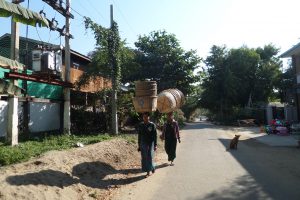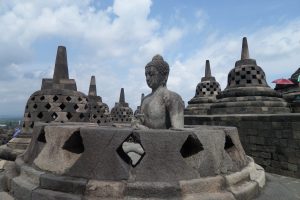1. Where is Padang and why visit
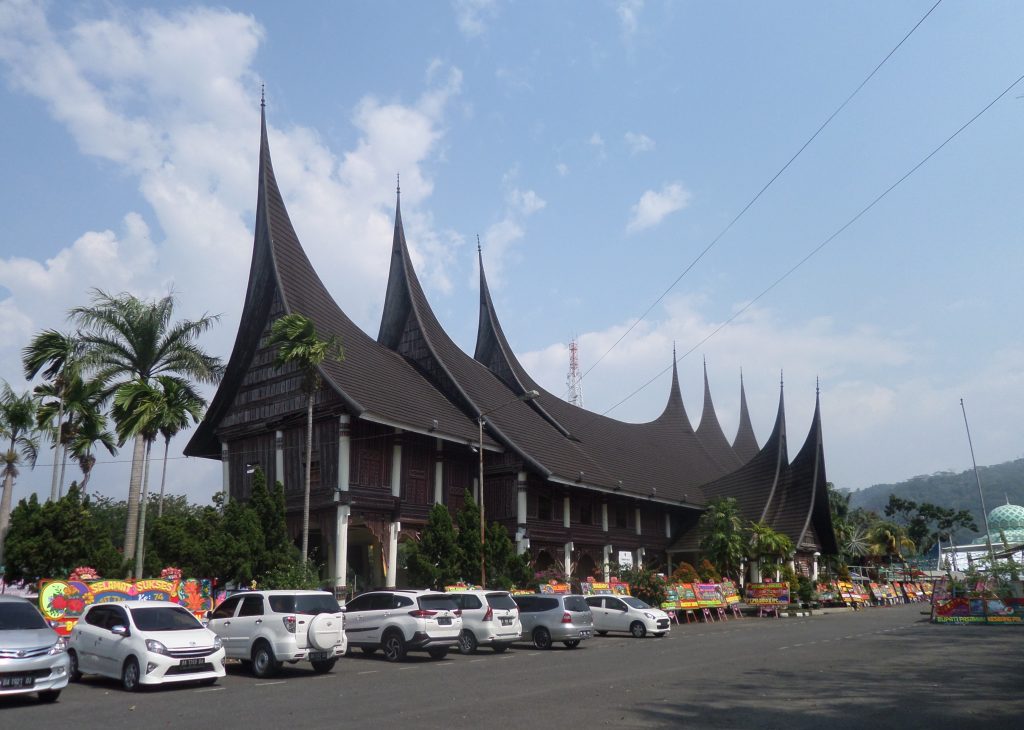
Padang is the capital city of West Sumatra in Indonesia. It has about 1 million inhabitants including the metro area, but you will definitely not feel this. The city is rather laid back and quiet, and spread out over a larger area.
If you read guidebooks about Sumatra, most if not all will guide you to other places right from the Padang airport. I was surprised by this, and the stubborn person that I am just couldn’t be deterred by some sort of Lonely Planet authors and the like. So I decided to carry on with my original plan, and stayed in Padang for an entire month.
I didn’t regret my decision in itself, I was only sorry that I couldn’t spend more time in nearby Bukittinggi (where I spent 3 weeks). Staying in Padang will be fun if you are not the typical tourist who wants to see world famous sights, pedestrian streets lined with souvenir shops selling fridge magnets, tourist hats and elephant patterned baggy pants. There are no such things in Padang, although there are quite a lot of shopping streets lined with shops and stalls catering to locals.
So what can you do and see in Padang?
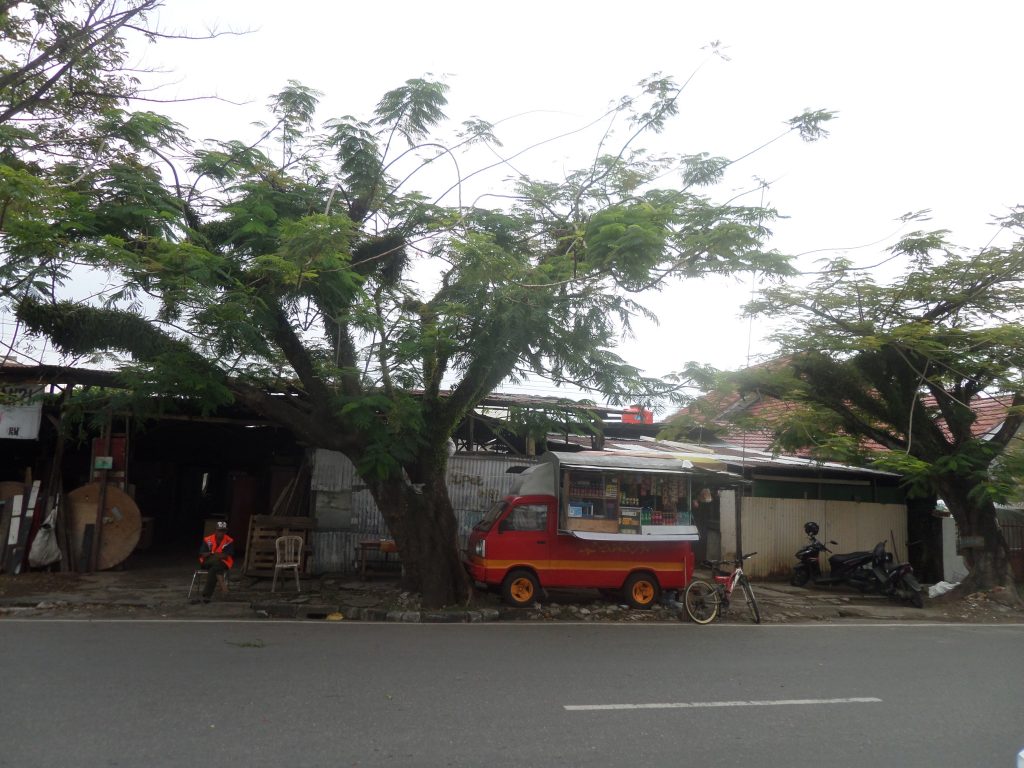
2. Things to see in Padang
Padang is definitely not a tourist destination in the traditional sense. There are very few sights that will leave a memorable impression on you, so the city is not the best for the type of tourist who wants to tick items on their to-do-lists.
Instead, you will find interesting local neighbourhoods, some buildings that you will certainly find nice and strange, but most importantly, you will have the chance to meet quite a lot of local people, who are genuinely interested in you as a foreigner – rather than trying to sell you some overpriced shit. So below, I have listed a few places to visit that I can name, if you only have a very short time in Padang.
2.1 The Sitti Nurbaya Bridge and beyond
The bridge is named after a hero of an Indonesian Novel, Sitti Nurbaya (a love story that takes place during the Dutch era). It is a nice walk over the bridge, but even more spectacular is the view to the other (southern) bank of the river, where there is a hillside with houses nicely tucked away among the trees. Don’t miss a walk on the southern bank, where you will see nice little streets and very friendly locals.
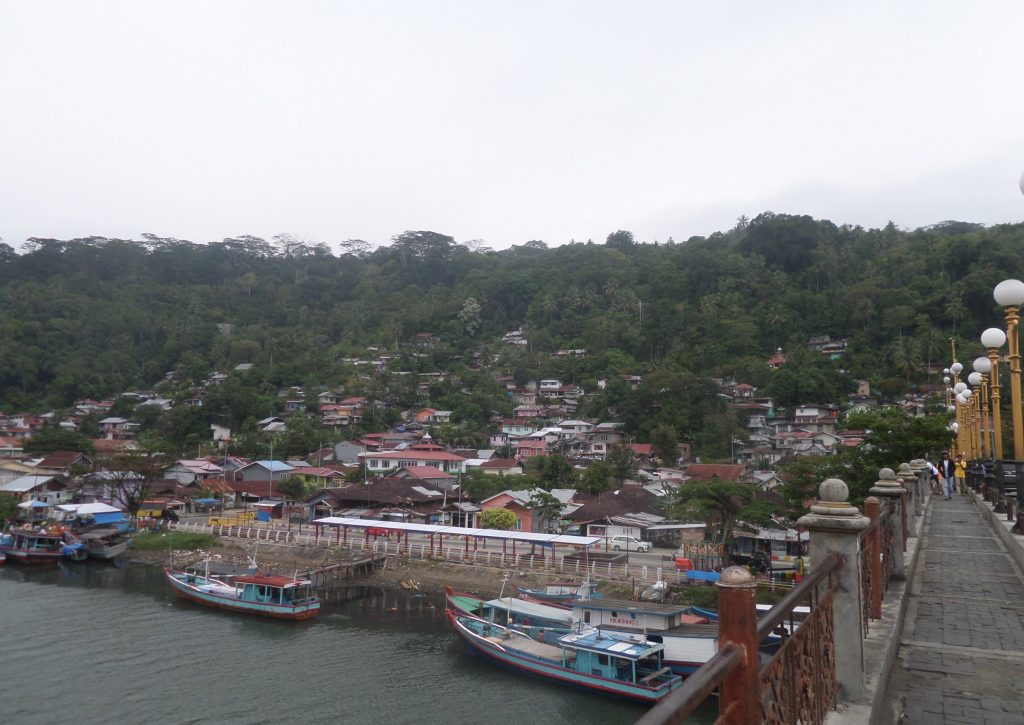
2.2 The beach and the ocean view
Walking along the long beach of Padang could be a nice programme. Start at the southern end of Jalan Samudera, where you will see a new white mosque and a tank as a memorial. There are a few nice cafés on the other side of the road where you can grab a drink or coffee, but they are very good for lunch and dinner as well.
There are a lot of small piers on the beach, where local people gather in the evening to watch the sunset, which at times can be very beautiful. Be careful when you cross the road though, there are no zebra crossings anywhere, and traffic is crazy most of the time (unlike anywhere else in the city centre).
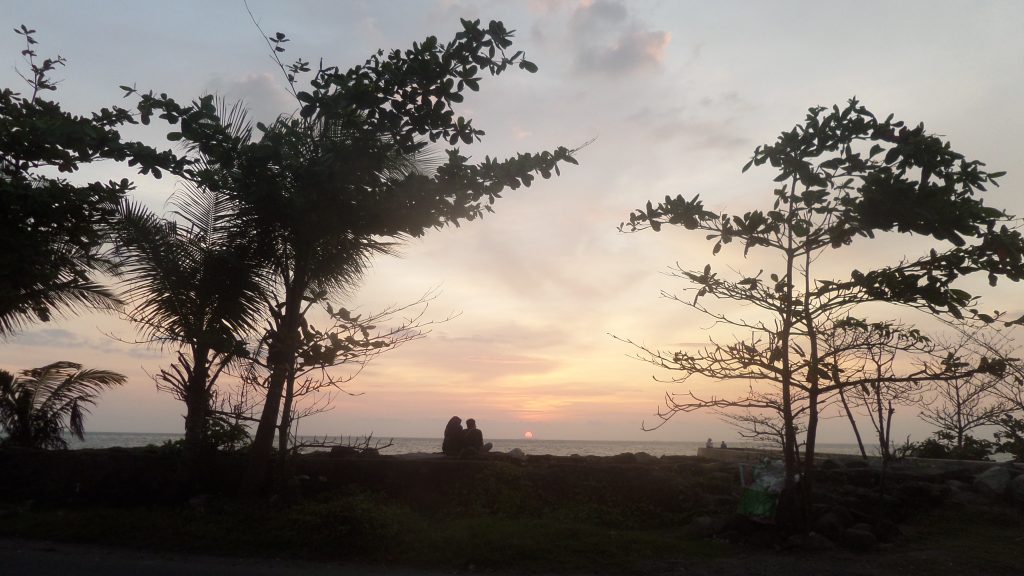

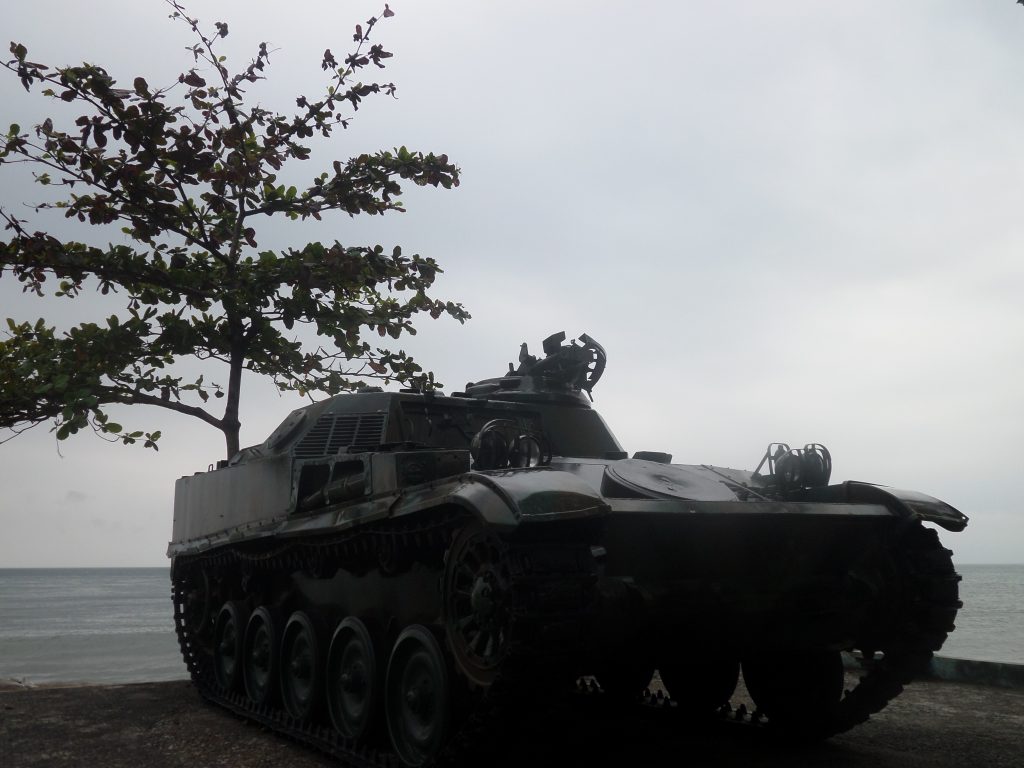
2.3 A few chic bars on the riverbank
On the northern bank of the Batang Arau river (the one where Sitti Nurbaya bridge is), there are a few cafés and bars which mainly cater to foreign tourists. I didn’t frequent them much, but when I was in Bow and Arrow one evening, there were only white foreigners there – most of them supposedly heading to the Mentawai Islands for surfing. I didn’t talk to them, because I was busy with discussing my own trip to the Mentawai villages with my local guide, with whom I had a rendez-vous there – it was his idea, supposing I would enjoy the western bar. I did, actually, to a certain extent, and their pizza was excellent. Plus, you can even have several types of beer there – something you are not likely to see in too many places in Padang.
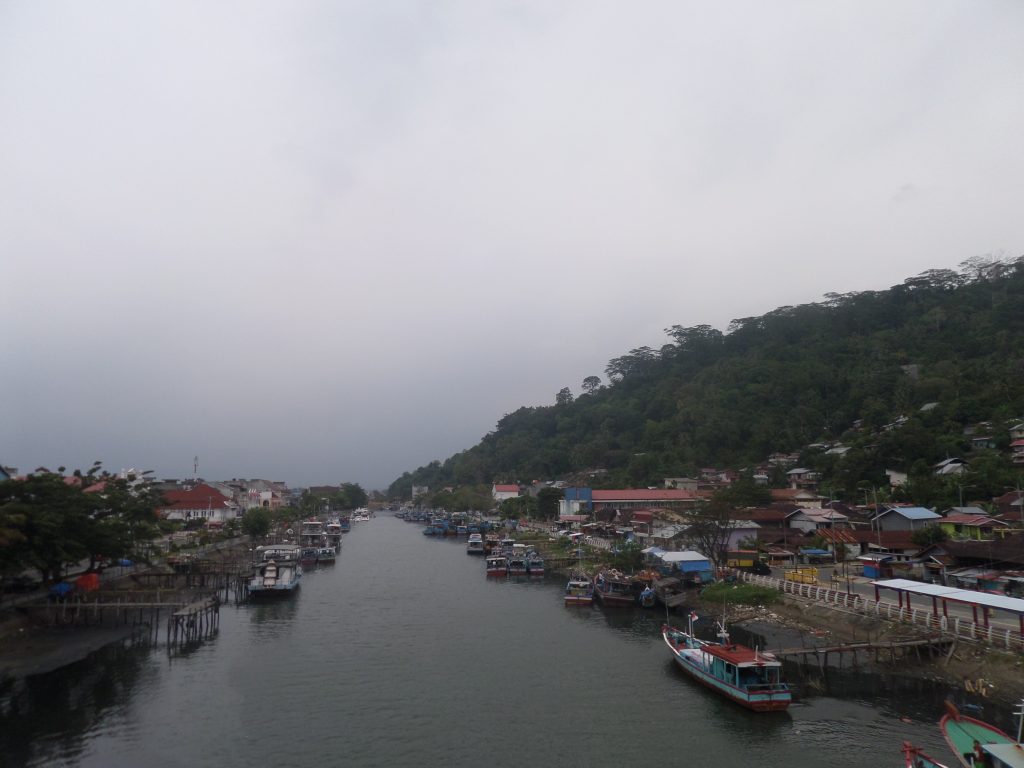
2.4 Adityawarman Museum and Gardens
The museum is in a small park, and displays some boring stuff about the history and culture of the local people of West Sumatra, the Minangkabau. I say boring, but you may find the collection more interesting, after all, on Google Maps, to my surprise, it gets a score of 4,4 out of 5. Unless most of the visitors rated the building itself, which is gorgeous: a typical Minang house with the cute pointed roofs and crazily beautiful decorations on the walls.
Entrance to the museum is the same for locals and foreigners – a rare thing in this part of the world, but then, few people choose Padang as a tourist destination. It is 3000 IDR, which equals to 0.19 EUR at the time of writing.
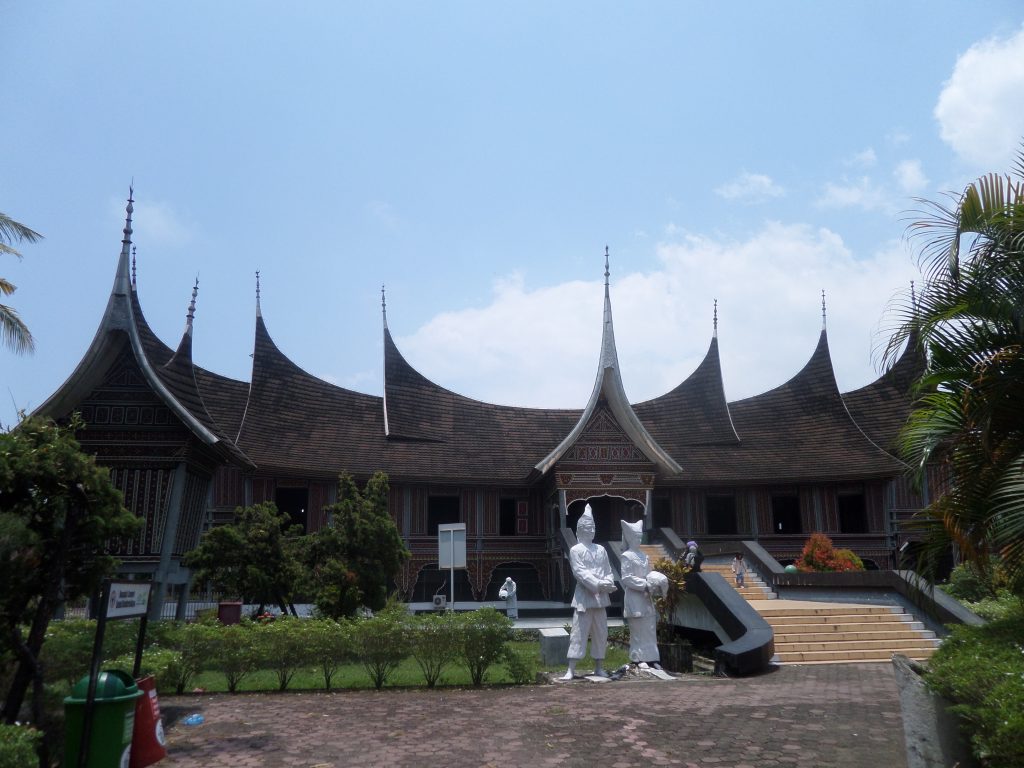
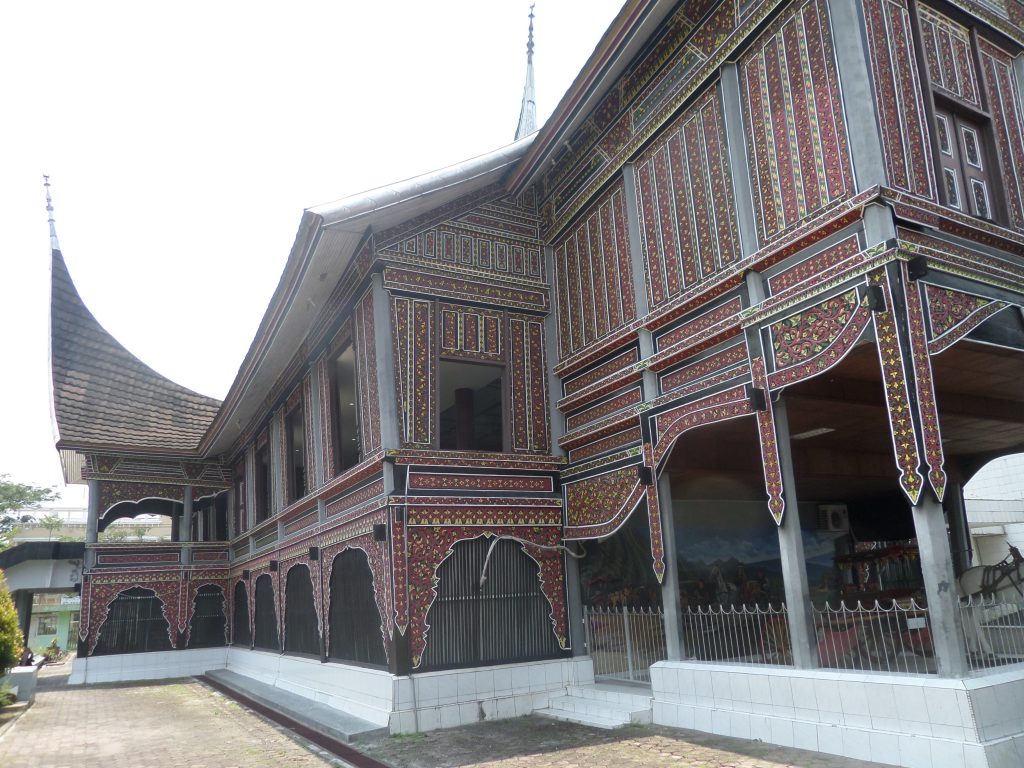

3. Food in Padang
Padang food is very famous all over Indonesia. One thing that makes it famous is the way they prepare it with various spices and sauces, and most people will say Padang food is more delicious than the food in other parts of the country. I tend to agree with that, although I had very good food elsewhere in Indonesia, too. Try Soto Padang, a soup with rice vermicelli, always served with rice as a side dish – I thought it was a crazy idea to eat a soup with noodles and rice, but eventually got used to it (a little). It can be served either with chicken (ayam) or beef (daging – which actually simply means “meat” in Indonesian), and the soup itself is very delicious. They add a few crisps, too, but then they add crisps to just about any food they serve anywhere.
The other speciality is how they serve food in restaurants. It goes like this: you enter and sit down at a table and wait. In a minute or less, you will get a glass of warm water, and a tiny bowl filled with cold water (sometimes this latter is already on the table). The warm water is for you to drink. I found it extremely strange first, but when I asked local people, they said warm water helps you prevent every kind of stomach problems. The cold water, on the other hand, is for washing your hand (actually, your fingers only), because you will be eating with your hand. Make sure you only use your right hand – the left one is used for other things, yuk (remember that there is no toilet paper in the toilets over here?) In most places though, they also have spoons and forks – but no knife.
Now wait another minute or two, and a waiter will arrive with several small plates of various food stuff, and a bigger (normal) plate with rice. If you are alone like I am usually, you may get 4-6 plates of food, but larger companies will have a table completely covered with these little plates, most often one placed on top of the other.
You then choose what you like, and at the end, the waiter will record what you have eaten, and you only pay for this – at a separate “cassir” desk, as usual in Indonesia and Malaysia.
It did happen sometimes, that I only ordered the dishes that I wanted when I entered, especially if I was already a regular customer and knew what options they had.
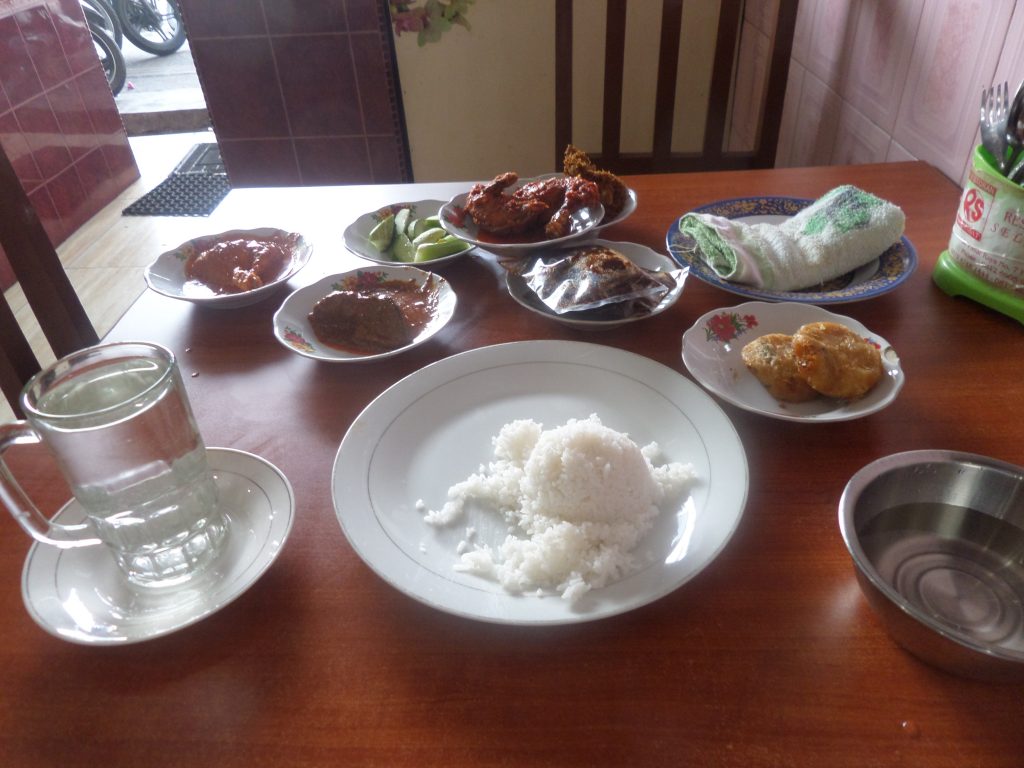

4. Accommodation in Padang
If you are a tourist, especially if you want to go to the Mentawai islands later, the best area to stay is between the Sitti Nurbaya bridge and Jalan Hang Tuah, because there you will have a chance to meet other travellers, and this area is perhaps nicer looking than elsewhere, and most of the things you want to see are nearby. The fast ferry terminal is also nearby.
Yani Homestay is a favourite among backpackers, and the staff are nice – I didn’t stay there, but went there to enquire about tours (they run a tour agency, too). If you want something nicer, there are quite a lot of other options nearby. It is not necessary to pre-book your accommodation, unless you travel with a lot of luggage and want to avoid the hassle of walking around and trying to find something on the spot.
Since I was staying for a whole month, I wanted to make sure I will have a decent sized room with air conditioning and a working desk, plus reliable wifi – so this was a different matter. Anyway, I booked directly through email (and transferring part of the fee before) at the Koto Gadang Homestay, which is a bit further away from this area, but still absolutely in the centre, and just a few minutes walk to the beach. It was excellent, and I paid 250.000 a night with breakfast included.
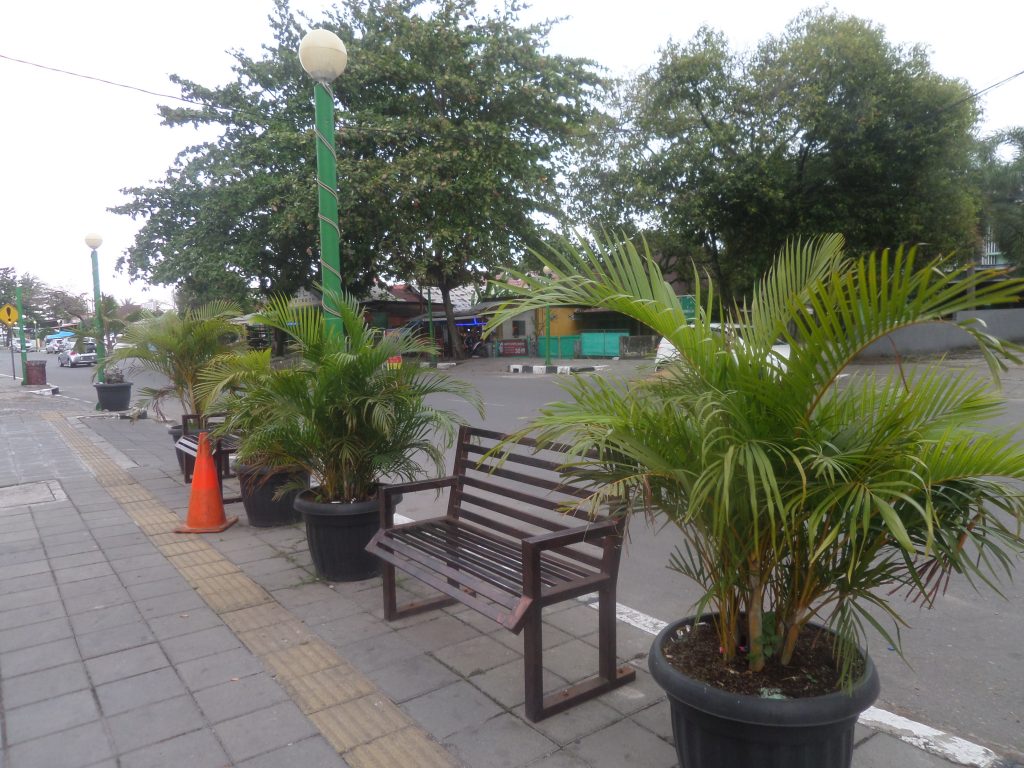
5. Shopping
The central market, Pasar Raya, is always busy, and it is a good place to look around and socialize a little with local people. There are quite a lot of small restaurants and food stalls too, and you can buy various fruits (I bought some of the best mangos there for 10k a kilo), clothes and everything else you can imagine.
If you want to buy snacks or other more modern stuff, head to either Plaza Andalas, or the smaller and less interesting Rocky Plaza. For a large supermarket, go to Plaza Andalas too, but if you want to find things like mosquito repellent, a raincoat, a pair of scissors, a torch and such stupid things at one place, the large supermarket in Rocky Plaza may be better. I also needed a print shop, but the only one that advertised itself as such (and that my guesthouse also recommended) didn’t provide printing services. After walking around a lot and finding absolutely nothing, I just went into one of the small shops that had something which from the street, looked like a photocopier, and yes, they printed my documents for me in no time, from my pendrive (I needed some printouts for my Indonesian visa extension).
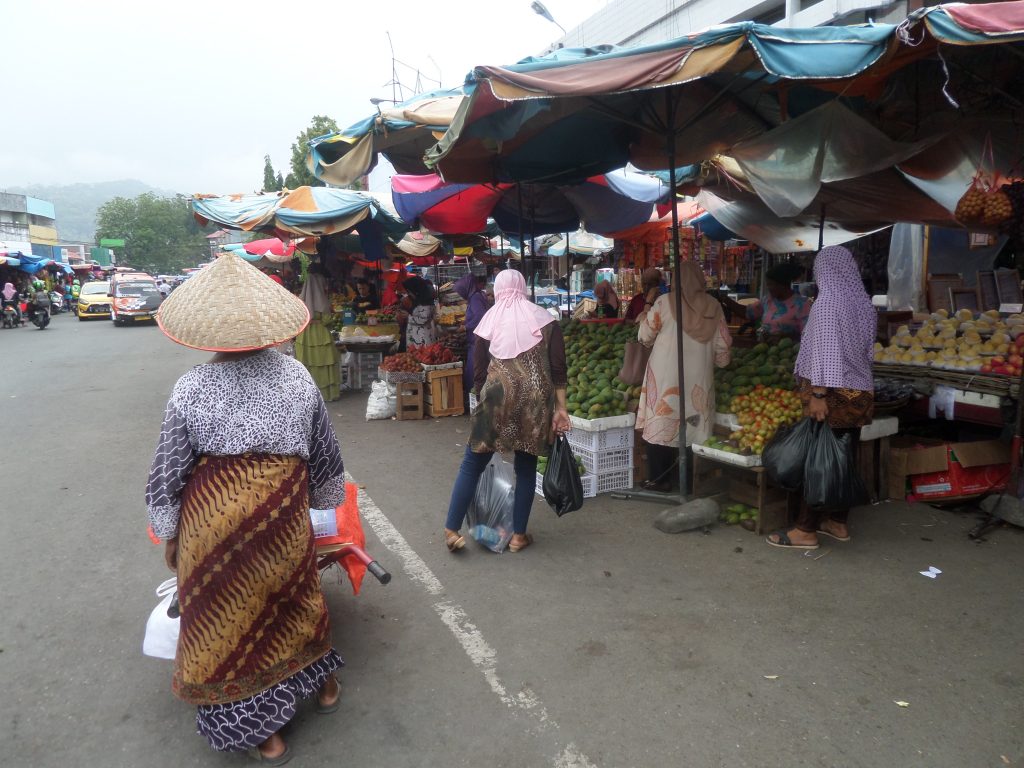
6. Banks, prices and money
I have a separate post about banks and money in Indonesia, but here is some further info.
The first time I wanted to withdraw money, I found an ATM where the maximum was 1.200.000 IDR, the equivalent of about 78 euros. With the 10 euros that I have to pay my greedy bank for every single ATM use, this is disastrous. Later I found the good old Maybank, which in Malaysia spits out the biggest amount of cash, and maintains this respectable behaviour in Indonesia too: 3 million is the maximum, but make sure you choose an ATM which dispenses 100.000 banknotes, the 3 million is only possible with those machines, not the ones that give you fifty thousand notes.
Prices in Padang are very friendly. In most simple restaurants, you will be able to have lunch or dinner for 30 to 50 thousand, and even in the Bow and Arrow (see above), I only paid a little more than a hundred thousand (6.5 EUR) for my large pizza and large beer. If you only buy a plate of dish (chicken and rice, mostly) and nothing else at a sit-down street stall, expect to pay 13-18 thousand.
Using Grab is very cheap, as usual. I paid about 25k from the city centre to Air Manis beach for a motorbike ride. Normal taxis will definitely cost more, but since I never used them, I can’t comment on that.
7. Around Padang
7.1 Air Manis beach
Air Manis beach is a favourite among locals, and you can expect it to be crowded at weekends. The beach is nice, but nothing overly spectacular. It’s a nice outing if you have the time. Banana Island is close to the coastline, so much so, that at low tide, you can actually walk to the island from the beach – which I did when I was there in November. Since Air Manis is so famous, and because there is some interesting sight to see there, I have a separate post about it, read more detailed info there.
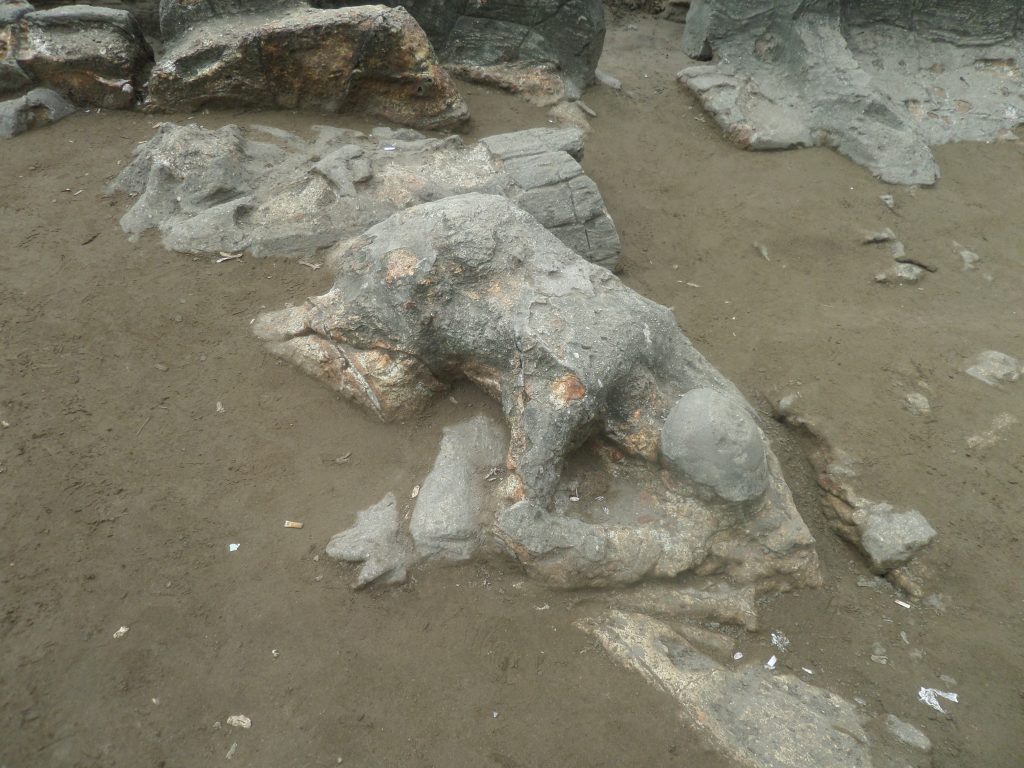
7.2 The Mentawai Islands
The Mentawai Islands is perhaps the main reason why most people decide to go to Padang. For me, it was the other way round: I first decided to spend a month in the city come what may, and then tried to discover what sights there are. The Mentawai Islands are most famous among surfers, who call it a surfers’ paradise. I can’t comment on that, because I am not a surfer and have never tried surfing. But if you are, and you haven’t heard of the Mentawai, then it’s high time you collect some info about it – elsewhere.
I am, however, a lover of native cultures, and the Mentawai Islands are also a paradise for that. Indeed, the name Mentawai is the name of a group of people who live there – the islands were named after them and not the other way round. They live in traditional houses in the depths of the jungle, they have shamans, they have very interesting habits, and they are a people for whom the balance between man and nature is the most important thing in life, according to their religious ideas. And of course I did visit them, you can read about my trip to their villages here, and I also wrote a separate post about their culture and traditions here.


7.3 Bukittinggi
Bukittinggi is a much prettier city than Padang, and I realized it only towards the end of my one month in Padang. Anyway, I didn’t regret spending too much time in Padang, and I also had a chance to spend 3 weeks in Bukittinggi, too. If you don’t have that much time, you can just visit Bukittinggi for a day or two. I wrote a separate post about how to get to Bukittinggi from Padang.
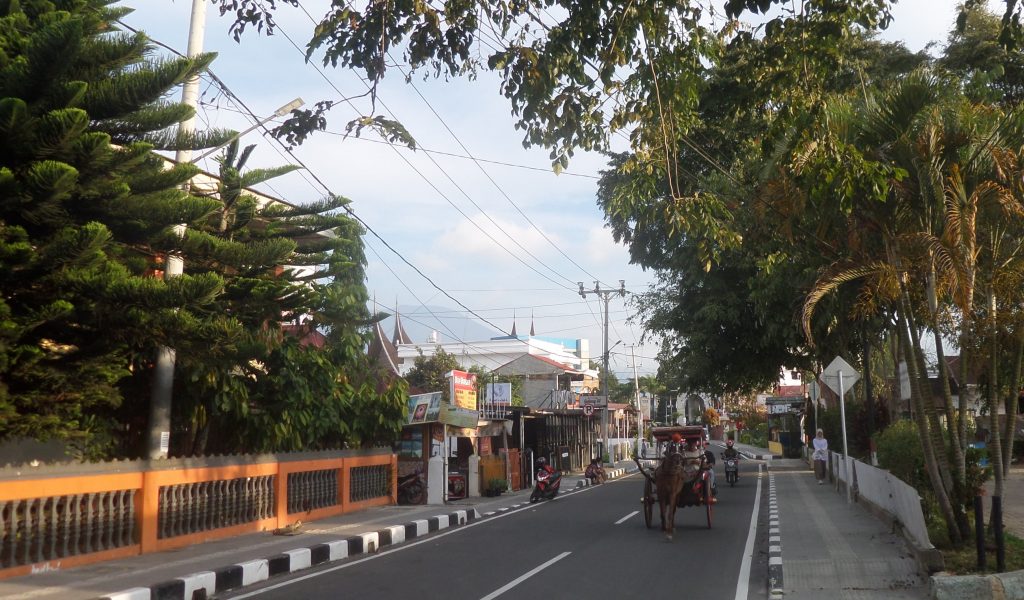
7.4 Further away
I didn’t venture much further than the Metawai, Air Manis or Bukittinggi, but I talked to several local people, who recommended the land of the Kerinci people, in the neighbouring state of Jambi. Gunung Tujuh (Seven mountains in English) seems like a wonderful place, a lake surrounded by seven mountains.
8. How to get to Padang
Padang is a very easy destination for air travel. It has an international airport with direct connections to Kuala Lumpur and lots of cities in Indonesia. Try AirAsia and Lionair for the cheapest tickets.
To get to the city from the airport, I used a local bus (Damri is the name of the company), and I paid 23.000 IDR. It takes almost an hour to get to the city centre. There are minibuses too, but they are perhaps less comfortable – although the Damri bus was not utterly comfortable either, but at least you are not in physical contact with other passengers. I cannot comment on taxis, but they must cost several hundred thousand. If you have the Grab application (recommended all over Southeast Asia), then it will be much cheaper.

